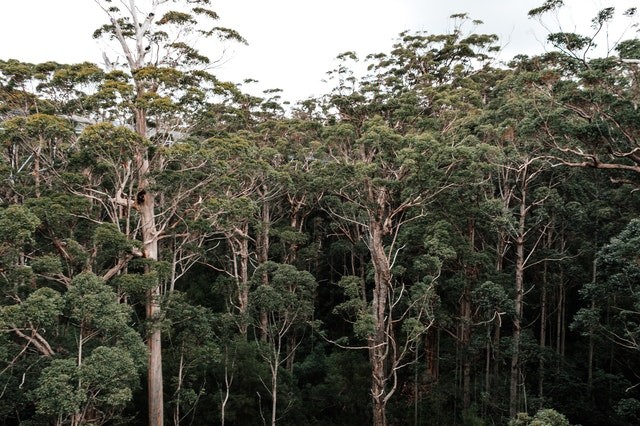The reason tropical regions have so much biodiversity compared to other parts of the world is one of the oldest problems naturalists have attempted to answer.

This phenomenon is called the Latitudinal diversity gradient. But why does it occur?
Also Read : Can Science Bring Back Extinct Species
Three Fundamental Causes

There are three fundamental causes for why tropical regions are so biodiverse, according to Andrew Dobson, a professor of disease ecology and conservation at Princeton University. However, other factors may also be relevant.
Energy Factor
Energy is a critical component of the first theory. In the tropics, greater sunshine encourages higher plant growth when paired with rainfall and soil nutrients. As you enter the Arctic or Antarctic Circles, darkness prevails for half the year, according to Dobson. Because there are so many plants, more animals can live and reproduce because there isn't any energy entering the system to support life.
According to evolutionary theory, more plant growth results in a wider variety of animals. A "higher rate of speciation" is the point at which a new species seems unique from its evolutionary forebears. The process occurs between plants and fungus, herbivorous animals, and predators.
Old Habitats
The second theory contends that because the tropics are older habitats that haven't seen major ice ages, animals there have had more time to evolve. Most of today's biodiversity has been evolving during the last 200 million years, but several ice ages have had an impact. The polar ice sheets' expansions and contractions "totally eradicate life from the northernmost [and southernmost] places," according to Dobson. While living in the poles requires recolonization, life and diversity in the tropics continue to evolve.
Diversity Constraints
The third theory focuses on diversity constraints. According to this hypothesis, more species may live in the tropics than in temperate zones because various habitats have a "carrying capacity for species richness," according to David Storch, an ecology professor at Charles University in Prague. Resources-rich environments support various creatures, some of which are in conflict. However, growth in the number of species is not a direct result of increased plant matter output. Storch stated, "It's not only about productivity and quantity; it's also about resource variability in the ecosystem.
Storch argues that the tropics have a high carrying capacity for species diversity due to the balance between speciation and extinction rates. The tropics are both a "cradle" for developing new species and a "museum" for preserving ancient species.
Theory Exemptions
But not everyone is affected by the latitudinal diversity gradient. Several instances defy the general rule. Some creatures, like penguins, depend on the plentiful food in the chilly Antarctic seas. Some species developed specialized adaptations to colder temperatures because they "originated far away from the equator [and] they didn't have enough time to propagate towards the tropics," according to Storch. In other words, even in the icy poles, variety in particular plant and animal groups can still exist. The same can be applied to the opposite edge of the extreme spectrum.
Related Article: How Overexploitative and Unsustainable Practices are "Driving Extinction" for Various Species
For more environmental news, don't forget to follow Nature World News!
© 2026 NatureWorldNews.com All rights reserved. Do not reproduce without permission.





